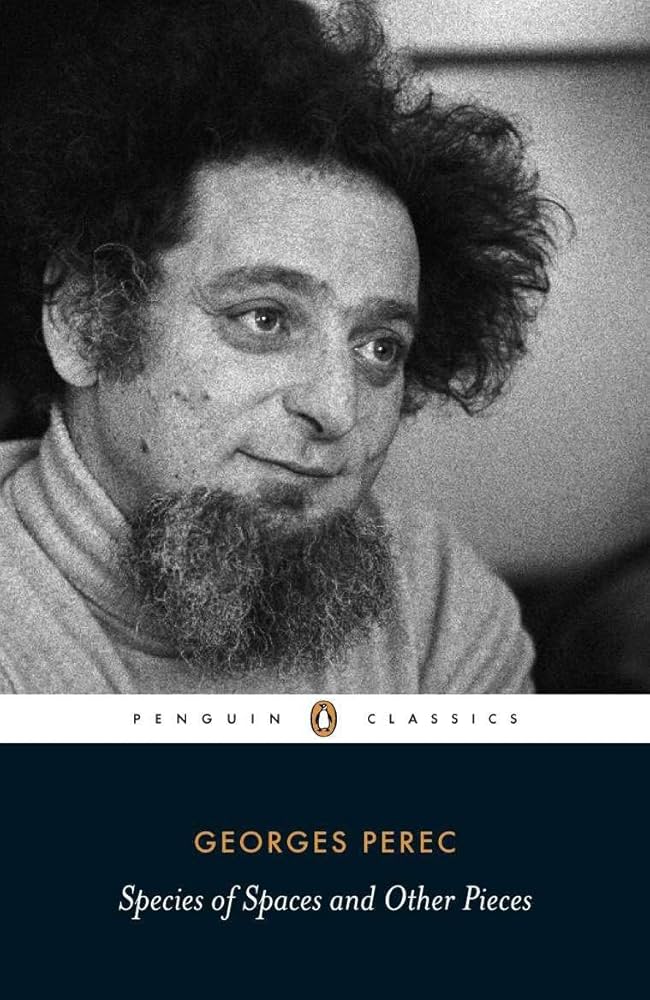References:
Foucault, M. (1970) The Order of Things: An Archaeology of the Human Sciences. London: Tavistock Publications.
References:
Foucault, M. (1970) The Order of Things: An Archaeology of the Human Sciences. London: Tavistock Publications.
Constructed Presence: Branding and Control in King’s Cross

My chosen site of investigation is King’s Cross, an area that has undergone intense gentrification and urban renewal since the early 2000s. I have lived here for several years, which made me wonder whether I could unpack something new about something familiar. The transformation of King’s Cross into a polished, curated urban environment seemed to invite a closer look — a slow reading of the space I habitually pass through without noticing.
Reading Georges Perec’s Species of Spaces (1974), I realised how blind we often become to the environments we inhabit and to the quiet systems of order that structure them. Perec’s meticulous descriptions of streets, buildings, and human routines reveal how the ordinary is sustained by invisible patterns. His method, observing and describing with almost obsessive attention, became a model for my own investigation. I was especially struck by the way he invites readers to find meaning in the banal: “Nothing was more beautiful in old houses than the staircases. Nothing is uglier, colder, more hostile, meaner, in today’s apartment buildings.”
This statement made me reflect on how beauty and hostility coexist in gentrified spaces and how design and order can mask exclusion and control.
Following Perec’s process, I began by treating King’s Cross as a text to be read. I recorded the circuits of people and movements, noting patterns in dress, pace, and time of day. What emerged was an image of affluence and regulation — where even leisure felt choreographed. Permanent security staff, uniform signage, and the rhythmic passing of commuters created an atmosphere of calm that was also surveillance-heavy. Perec’s notion of “circuits” helped me understand how the external logic of a city’s design shapes the internal experience of its inhabitants: who feels at home, who feels watched, and who is subtly excluded.
As a next step, I adopted the same observational approach in the second stage of my investigation, focusing on CCTV cameras and regulatory signage. Perec’s method informed my understanding of the intentionality behind these spatial details like how the number and placement of cameras and signs differ across residential, leisure, and office areas, and how this distribution intertwines with the openness of space and exposure to the crowd’s gaze. Through this, I began to see how visibility itself becomes a tool of control — a quiet architecture of observation that defines what kind of behaviour is acceptable in each zone.
Perec’s writing ultimately encouraged a form of attention that is both critical and poetic, something that exposes how cities are built not only from architecture and infrastructure, but from habits, gazes, and absences. King’s Cross, viewed through Perec’s lens, became not simply a site of renewal, but a stage where visibility, order, and beauty are carefully maintained, inviting us to question what and who remains unseen beneath its polished surfaces.
Perec, G. (1997) Species of Spaces and Other Pieces. Translated by John Sturrock. London: Penguin Books.